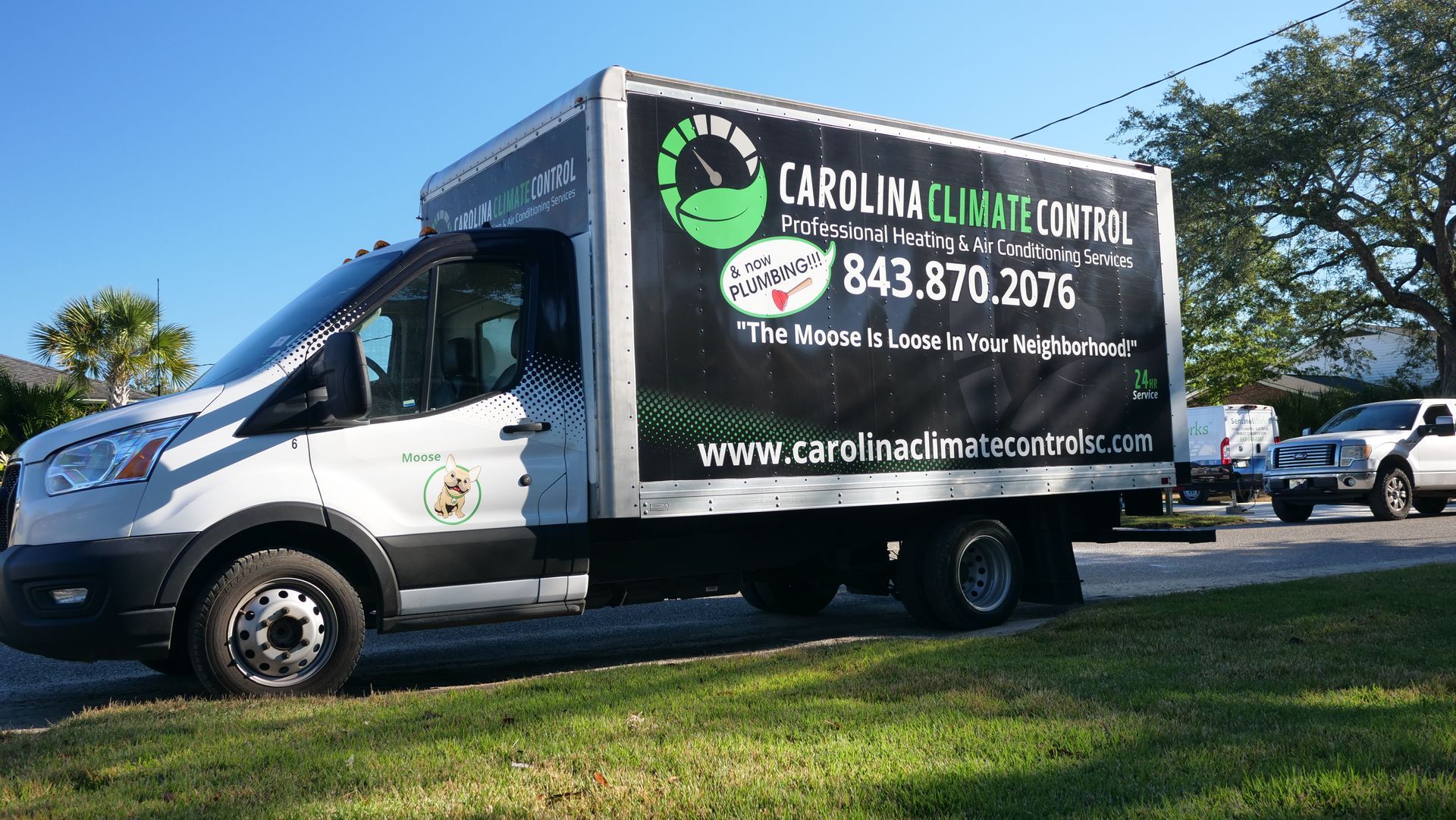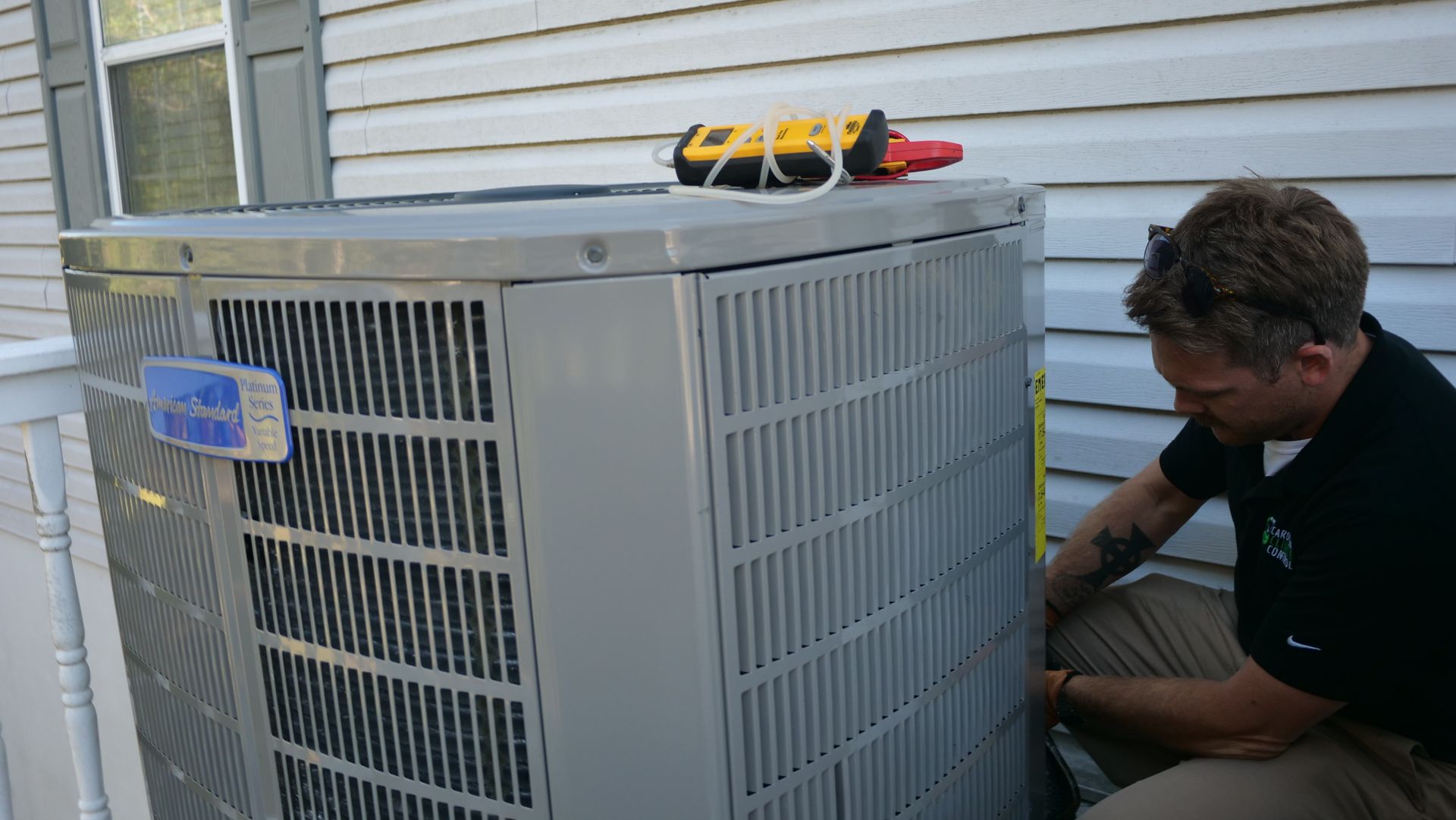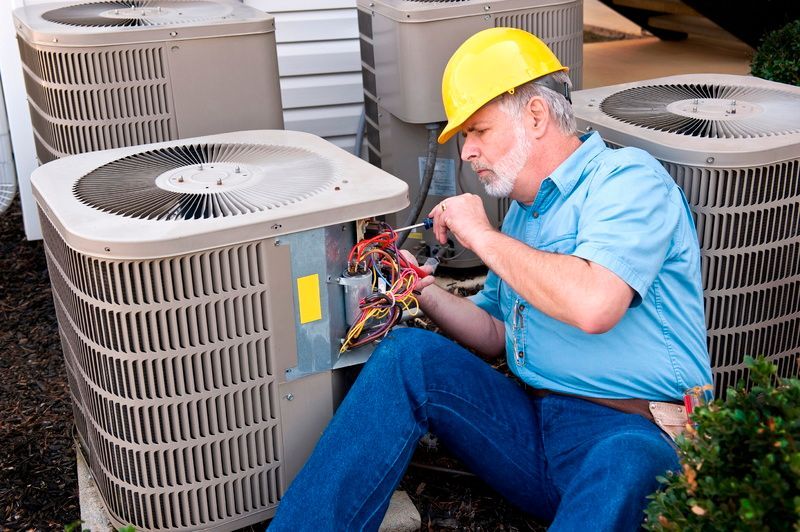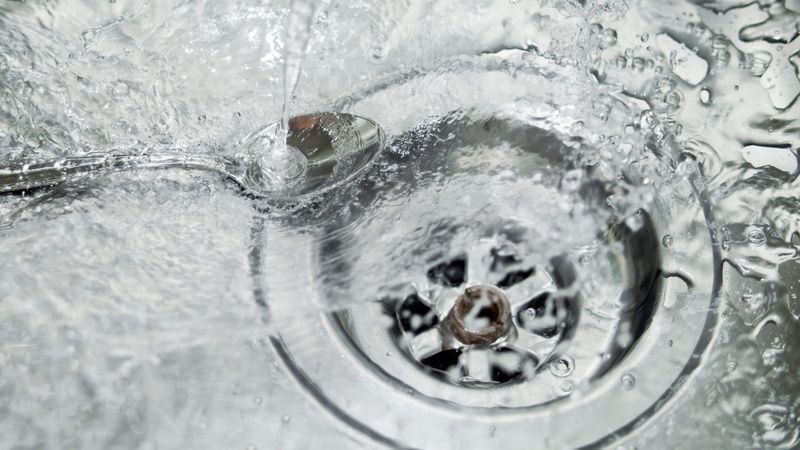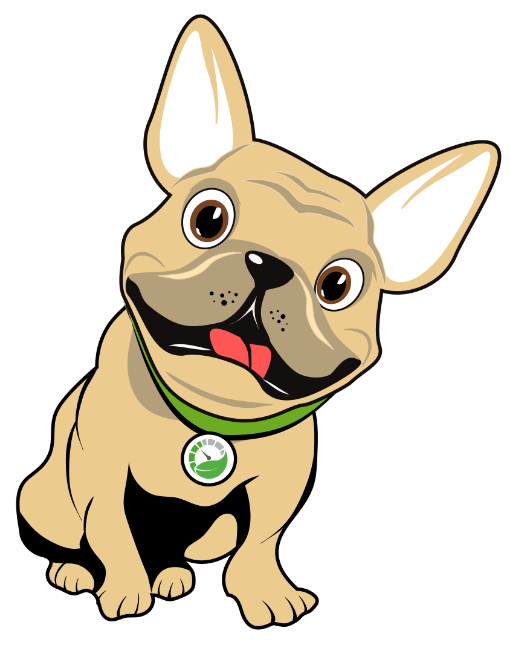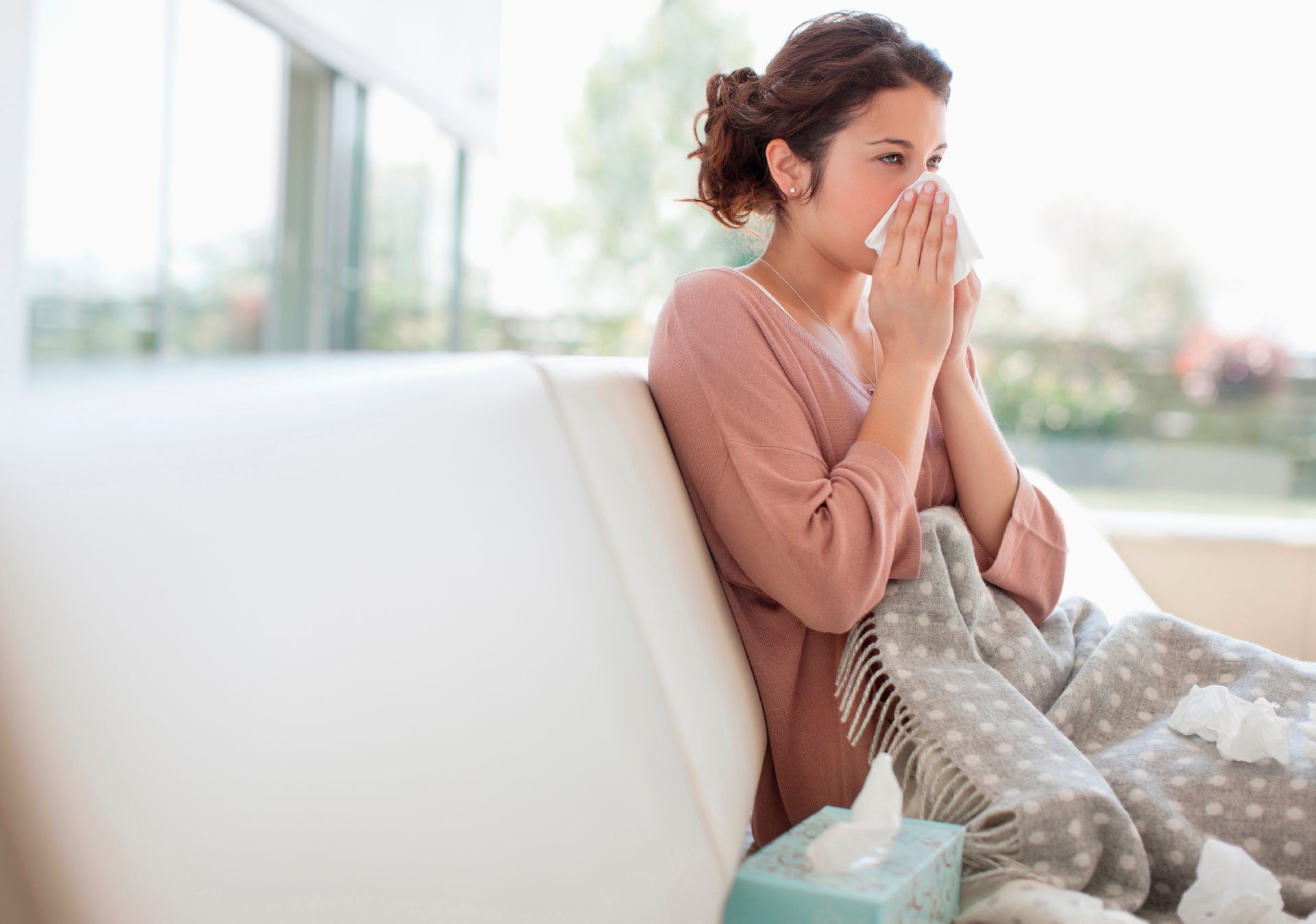A Beginner’s Guide To Geothermal: All About Geothermal Loops
An interesting but little-known fact is that just a few feet below the ground’s surface in almost any environment, the ambient temperature of the substrate -be it soil, sand, rocky ground or even water- stays at a relatively stable average temperature of between 45 and 75 degrees Fahrenheit.
This definitely applies in subtropical regions like the Charleston area, and it’s also the case in places that experience otherwise extreme seasonal variations in seasonal weather.
Geothermal loops (also known as geothermal loop fields) are a component of geothermal pump heating and cooling systems that take advantage of this subsurface thermal stability to provide either heating or cooling for your home all year long.
They’re designed to last an exceptionally long time and to provide highly efficient HVAC service.
For these reasons and many others we’ll cover below, we really recommend getting to know these often underused home climate control systems and their HVAC benefits. Let’s sink into the details.
What’s The Difference Between Industrial Geothermal Energy and Home Geothermal Loops?
Before we explain what home geothermal loops are and how they work, we need to clarify a very important distinction between them and what most people imagine when they think of geothermal energy.
The common image of a geothermal plant of any kind involves a system that uses deeply buried sources of superheated water, geyser flow or even magma to power turbines that produce electricity and heat.
Yes, this is the more conventional definition of geothermal energy, but in the case of the household systems we’re describing here, a completely different and much smaller scale process is at work.
Home geothermal loops and pumps don’t harness vast volcanic forces to pump steam into turbines for the sake of generating electricity and heat.
Instead, they harness the ground’s natural tendency to store every-day solar heat to cool or warm your home. This makes them accessible in nearly any landscape.
What Is A Geothermal Loop?
Home geothermal loops are actually pipes, usually made of high-density polyethylene (HDPE) or crosslinked polyethylene. They operate as one of the two main components of a geothermal heat pump system. The other major part is of course the actual geothermal heat pump.
This part of the entire heating/cooling system is usually placed inside the home while the loops themselves are buried under the ground at depths that will vary depending on the type of loop being installed.
These loops then connect to the heat pump mechanism , which uses fluid to either transfer trapped heat from out of the ground to warm your home, or to transfer heat out of the home and into the ground where it’s absorbed and stored as a reservoir for cold weather use.
This entire process is why a geothermal loop is called a “loop” and it works efficiently because it requires no heat production from a fuel source of any kind in your home. Instead, it depends on the sun’s natural capacity for heating the surrounding ground, and the ground’s capacity for absorbing and storing heat to handle all of your cooling and heating needs.
The rest of this geothermal process is just transfer of heat and cold back and forth between ground and home depending on the season.
How Does A Geothermal Loop Work?
Geothermal pump and loop systems are remarkably simple in their physics and mechanics. The basic mechanism of most geothermal loops is as follows:
- A system of pipes is laid beneath the ground around or under your home, or into a pond on your property.
- These pipes are connected to a geothermal heat pump that’s installed in your home, usually inside the basement, garage or some more isolated space.
- The pump then uses its internal electrical systems and fluid mechanics to circulate a liquid (usually water) through the pipes of your geothermal pipe array and back into itself.
- The circulation of water takes advantage of temperature differences between the underground substrate around the buried pipes and the air in your home to either bring stored heat up from below and warm your household, or to extract heat from the air in your home and circulate it underground, where it can be absorbed efficiently by the dense material around the pipes.
The entire above process does use a certain modest amount of electricity to run the pump, fan and compressor inside the geothermal pump machinery.
Crucially though, the electricity being used doesn’t directly produce heat or cold, which makes the whole apparatus far more energy efficient than many alternative heating or cooling systems.
Furthermore, none of the heating process in a geothermal loop requires you to buy and burn some kind of fuel, which is also both friendlier to the environment and cheaper in the long run.
In fact, the overall efficiency of a home geothermal setup and its loop of pipes can create roughly 4 units of heat per single unit of electricity consumed, which can translate to cumulative energy savings of up to 80% over most alternatives.
Are There Different Types Of Geothermal Ground Loop Systems?
The process of heat and cold generation described above applies in more or less the same way with all commonly used geothermal loop systems, but there are variants in their design and installation.
There are four of these variants. Three of them -vertical, horizontal and pond- are all called closed loops, while the fourth is considered an open loop. Here’s a breakdown of each:
Horizontal Loops: On properties with plenty of open space, trenches can be dug across several hundred feet of space to a depth of between 6 and 10 feet. The loop pipes are then installed inside these trenches before they’re filled back up. The pipes can also be coiled close to or over top of each other for greater space efficiency.
This is a horizontal loop and among its benefits are a typically lower excavation cost and easy access to pipes in the rare case that they’re damaged or need to be replaced or extended. A drawback of horizontal loops is that their proximity to the surface can make them subject to damage by tree roots or future digging.
Vertical Loops: With a vertical loop, bore holes are vertically drilled straight down into the ground beneath your property to a depth of roughly 200 to 500 feet. Each of these holes will be several inches wide and they’ll be separated from each other by a couple dozen feet or so.
Vertical loops are often more expensive to install because of the drilling aspect but they’re ideal for homes with limited surrounding property space.
A pipe with a U-bend at its bottom is then pushed down into each hole and the holes themselves are sealed off with grout that gives the pipes direct contact with solid material for the sake of heat and cold transfer.
Pond Loops: If you happen to have a large, deep, legally usable lake or pond on your property, a pond loop can also be used for geothermal heating. In this case, trenches are excavated only between your home and the nearby waterline and the ends of pipes are then buried inside them after being laid down in a sort of slinky pattern under the water itself.
These pipes connect to your heat pump just like they do with the vertical and horizontal systems. The difference here is that instead of earth letting the pipes transfer heat and cold, the pond water does the job.
One major benefit of pond pipes is that they usually require the least digging of all closed geothermal loop types. However, most people don’t have a large handy pond right next to their home to take advantage of this.
Open Loops: Briefly, open loops are the simplest of all geothermal loops and can be used if you have a nearby aquifer or well that you can legally use. With these systems, water is pumped straight from the well via pipe into your geothermal heat pump to give it heat energy.
This water is then pumped back out into a secondary discharge well.
With these “loops”, water is constantly coming in and leaving fresh instead of being recycled. This is what makes them open, but it can also cause mineral build-up to clog the pipes or heat pump components.
How Long Does A Geothermal Loop last?
One of the best things about geothermal loops and heat pumps as your home HVAC system is that they last an insanely long time. If well installed and built with the correct materials, these systems can work with minimal maintenance for decades. Only the pump mechanism itself might occasionally need adjustment or repair.
Yes, like any technology, geothermal loops can break down or simply break, but because they’re usually well protected by water or soil, this is rare unless you accidentally perforate a pipe while digging on another project in the same space. Tree roots can also be a danger to horizontal loops.
Thus, in addition to their enormous energy efficiency, they can keep providing that efficiency at nearly zero maintenance cost for many, many years.
These are some of the best economic reasons for considering a geothermal loop HVAC system for your home. For a more detailed and site-specific assessment, call in the geothermal installation experts at Carolina Climate Control .
The post A Beginner’s Guide To Geothermal: All About Geothermal Loops first appeared on Carolina Climate Control.

